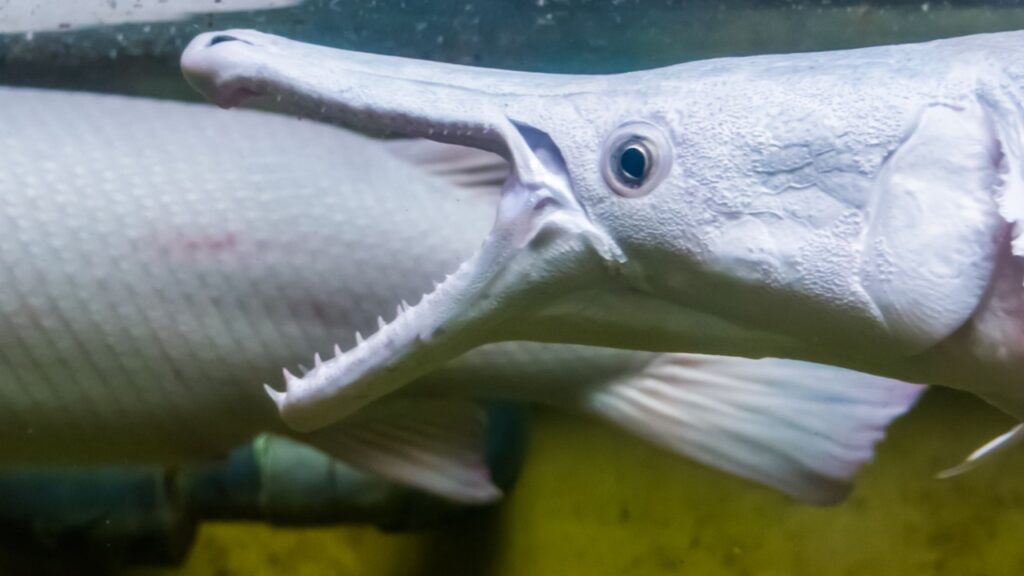When it comes to freshwater giants, the alligator gar stands out as an awe-inspiring and often misunderstood creature.
Known for its prehistoric look and impressive size, this fish has fascinated scientists, anglers, and nature enthusiasts for hundreds of years.
What makes the alligator gar truly captivating is its unique combination of ancient traits and survival adaptations that have allowed it to thrive for millions of years.
This ancient fish offers more than just size and a fearsome appearance; it also boasts a series of unusual characteristics that set it apart from other freshwater inhabitants.
The Alligator Gar Has Existed For Over 100 Million Years
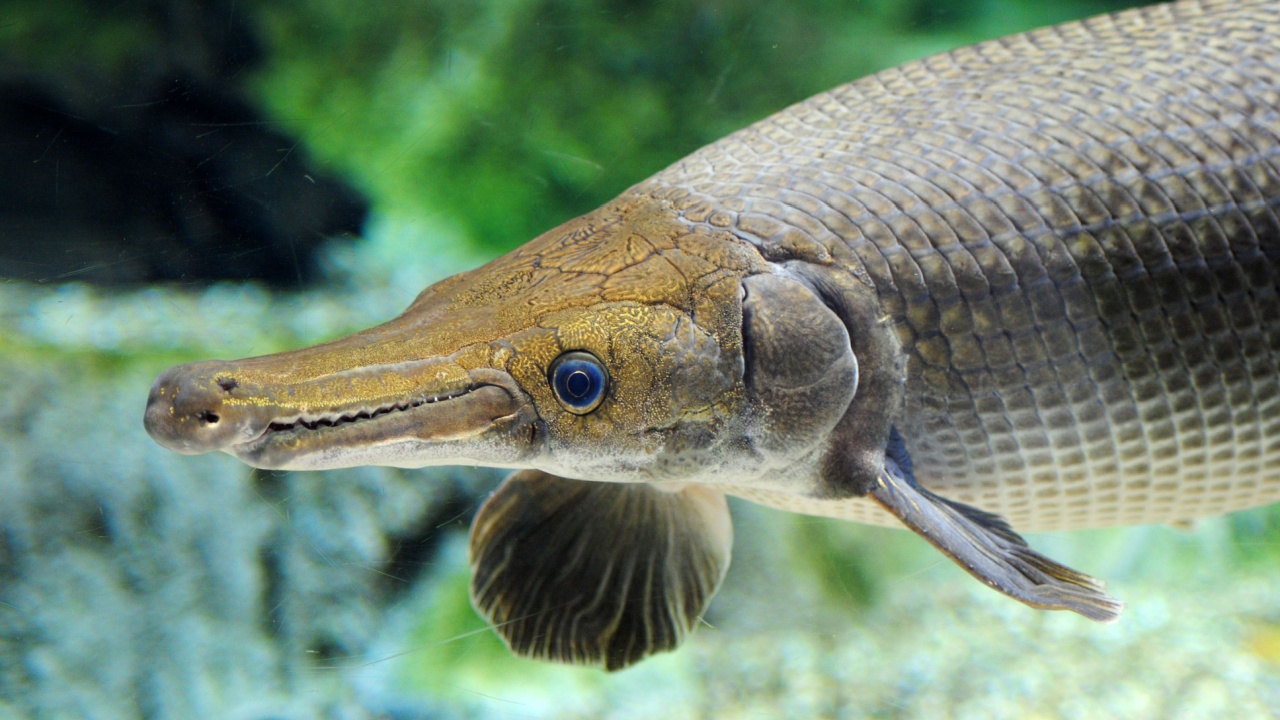
The alligator gar is an ancient fish species. Scientists have traced its lineage back over 100 million years. This means it swam alongside dinosaurs during the Early Cretaceous period. The fossil record shows its relatives existed during this time, making the alligator gar a true living fossil.
Alligator Gars Can Grow Up To 10 Feet Long
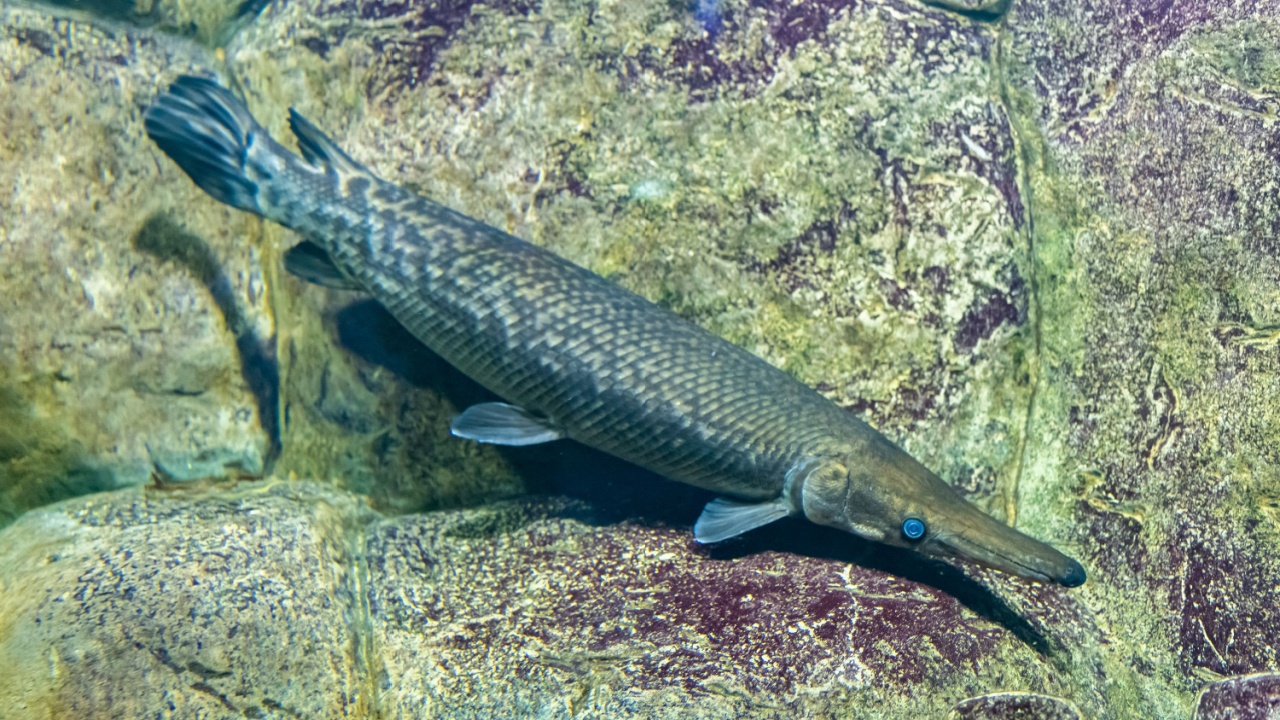
Alligator gars are a type of large freshwater fish that can grow up to an impressive 10 feet in length. These fish are among the largest in North America. Their bodies are torpedo-shaped, making them effective hunters in the water. Typically, they are brown or olive-colored, though sometimes you might find one in a rare black shade. Their significant size and unique appearance have made them a subject of fascination among fish enthusiasts and scientists alike.
They Have Dual Rows Of Sharp Teeth
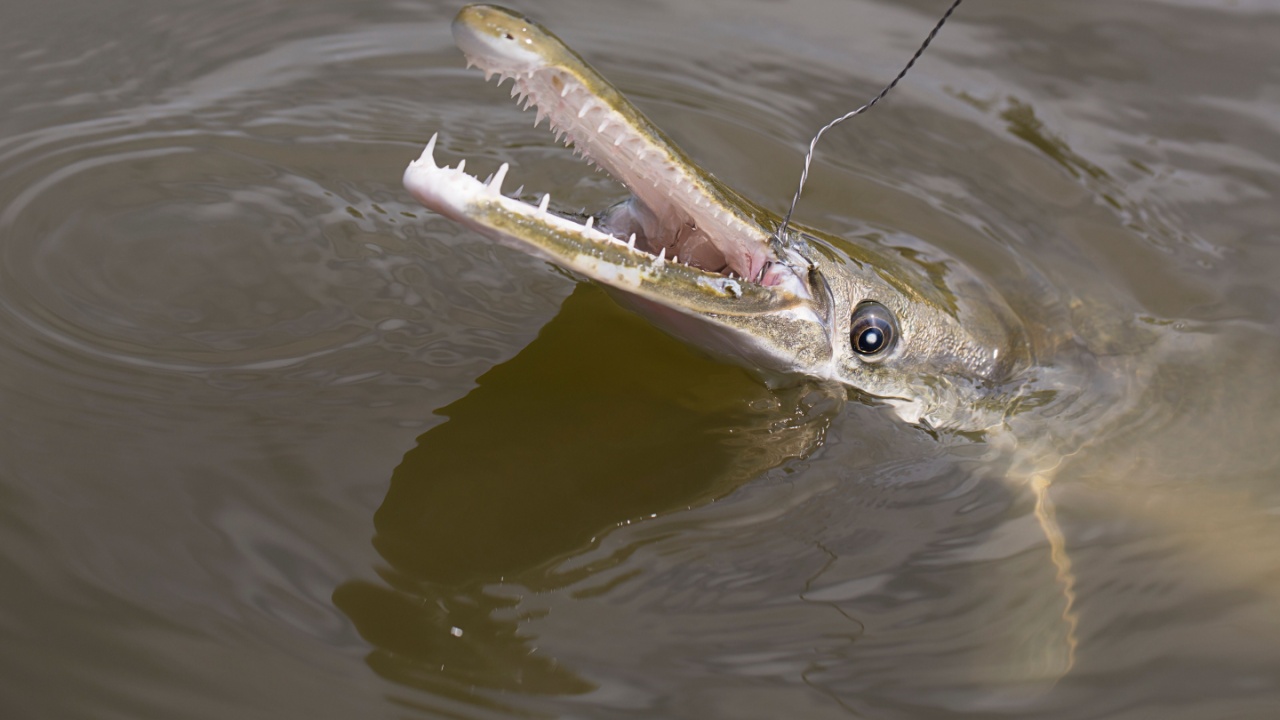
Alligator gars are unique among gar species due to their dental structure. In their upper jaw, they have two rows of large, sharp teeth. These teeth help them effectively catch and hold onto their prey, which includes fish, waterfowl, and small mammals. This dual row of teeth is a key feature that sets alligator gars apart from other types of gars.
Its Scales Were Once Used As Arrowheads
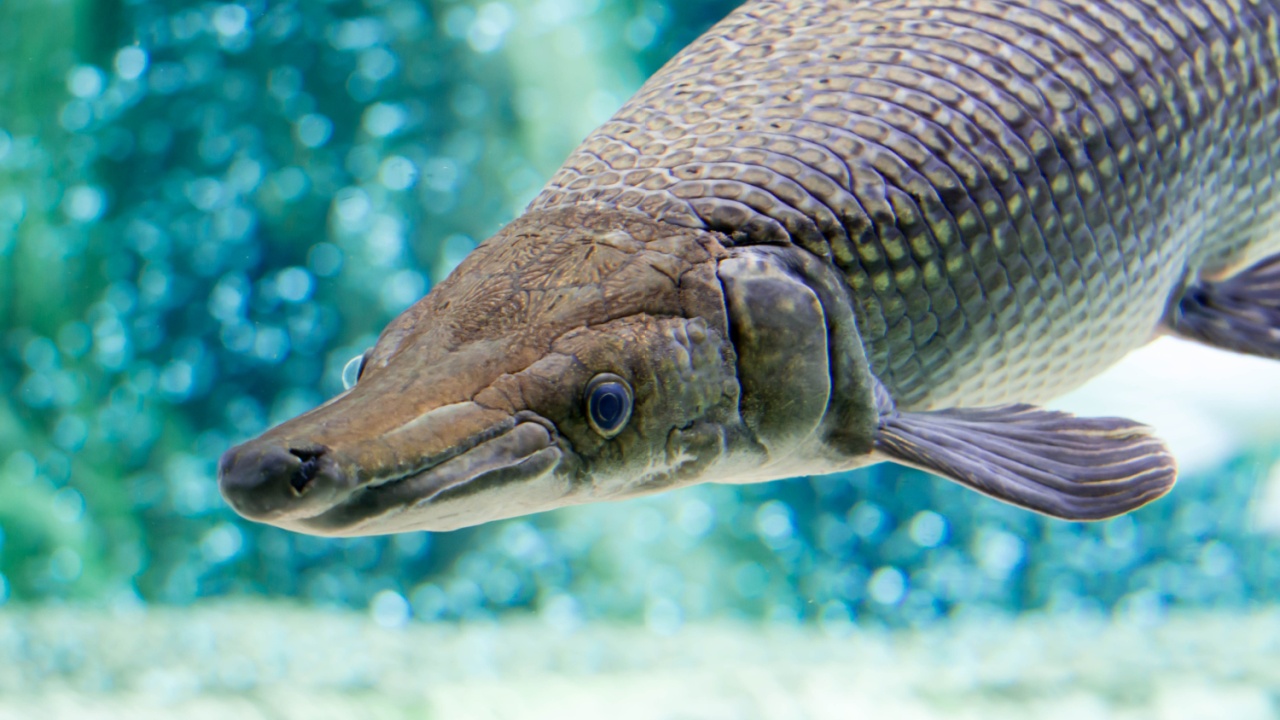
In ancient times, people used alligator gar scales as arrowheads. These large, durable scales were ideal for making effective dart points. Gar scales, especially from the alligator gar, were tough enough to be used as tools. Their size and strength made them valuable for hunting and protection. So, next time you see an alligator gar, remember it has a history that goes beyond the water.
The Alligator Gar Can Breathe Both Air And Water
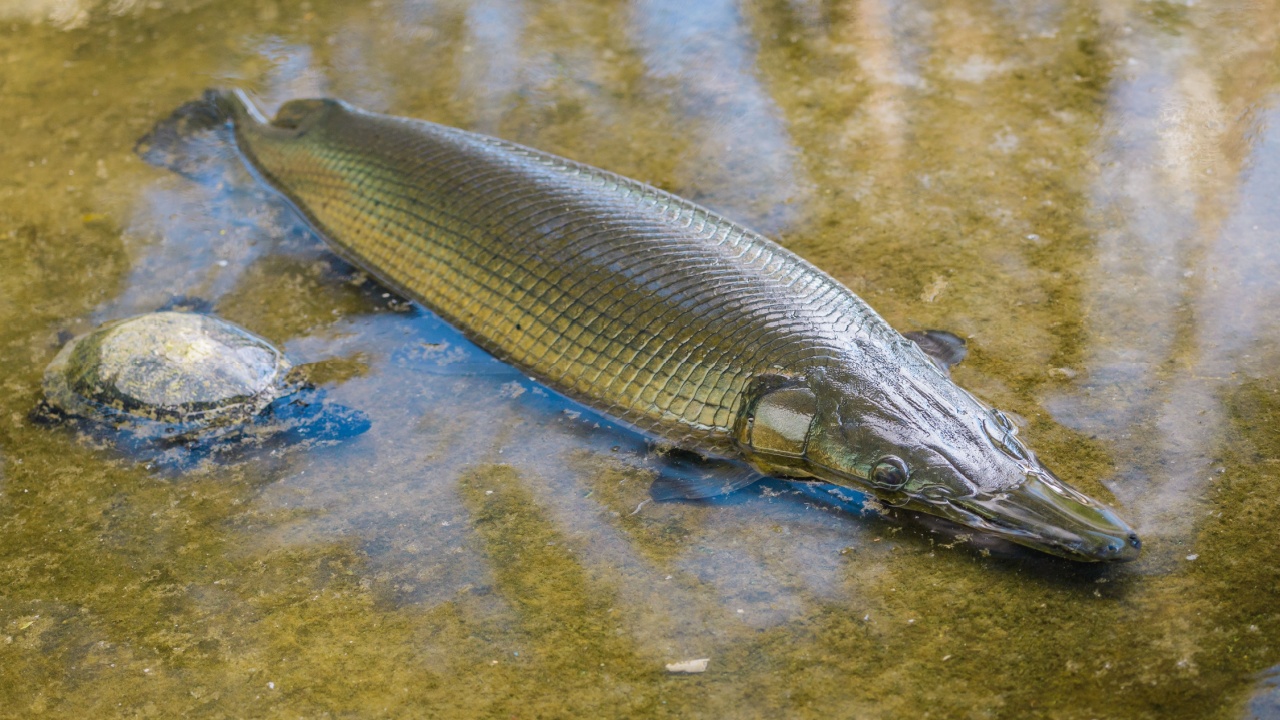
The alligator gar is unique among fish because it can breathe both in water and air. This ability comes from its special air bladder, which functions much like a lung. This means the gar can survive in low-oxygen environments where most other fish would die. You might even catch one gulping air at the surface! Their versatility helps them thrive in diverse habitats.
This Fish Is Often Mistaken For A Log Due To Its Appearance

The alligator gar has a long, cylindrical body that resembles a floating log. Its dark, mottled coloration further enhances this illusion. When it stays still near the water’s surface, it’s easy to see why people might think it’s just a piece of driftwood. This camouflage helps it avoid predators and surprise its prey.
It Can Weigh Up To 350 Pounds
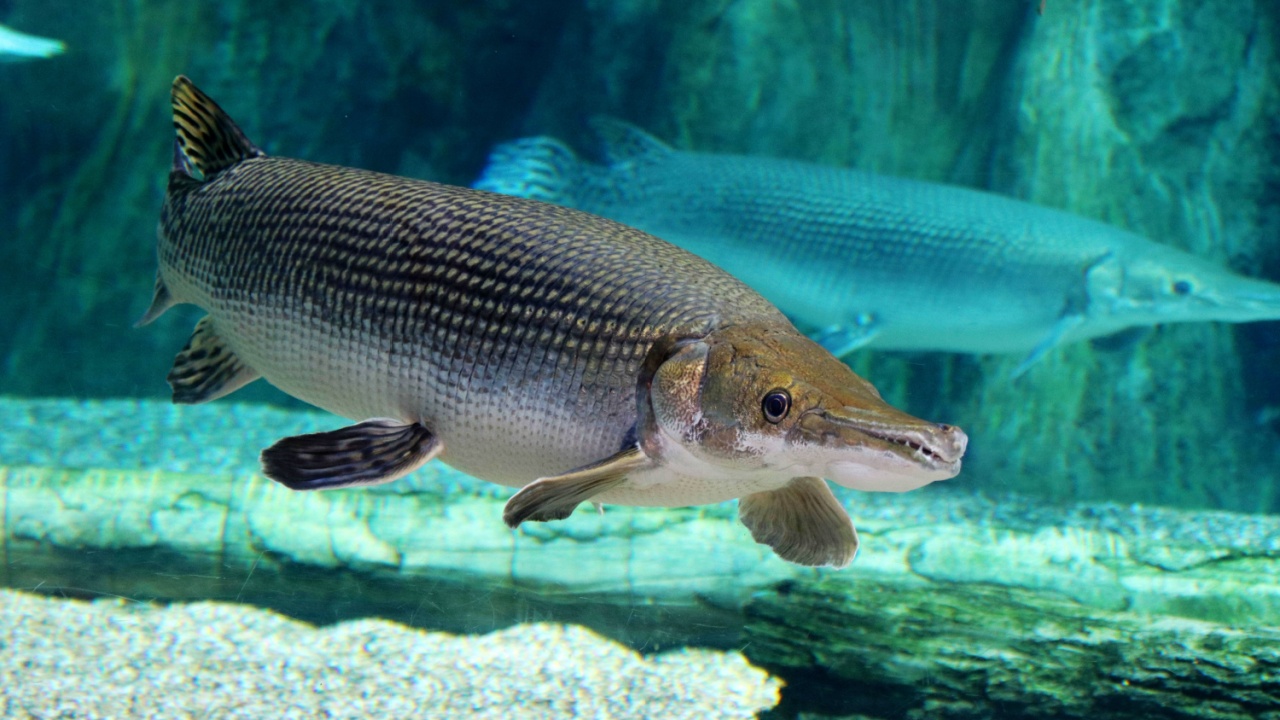
The alligator gar is one of the largest species of freshwater fish in North America. It can weigh up to 350 pounds, making it a true heavyweight in the water. Despite its massive size, it is well-adapted to its environment, thriving in both fresh and brackish waters.
Alligator Gars Are Found In Fresh And Brackish Waters
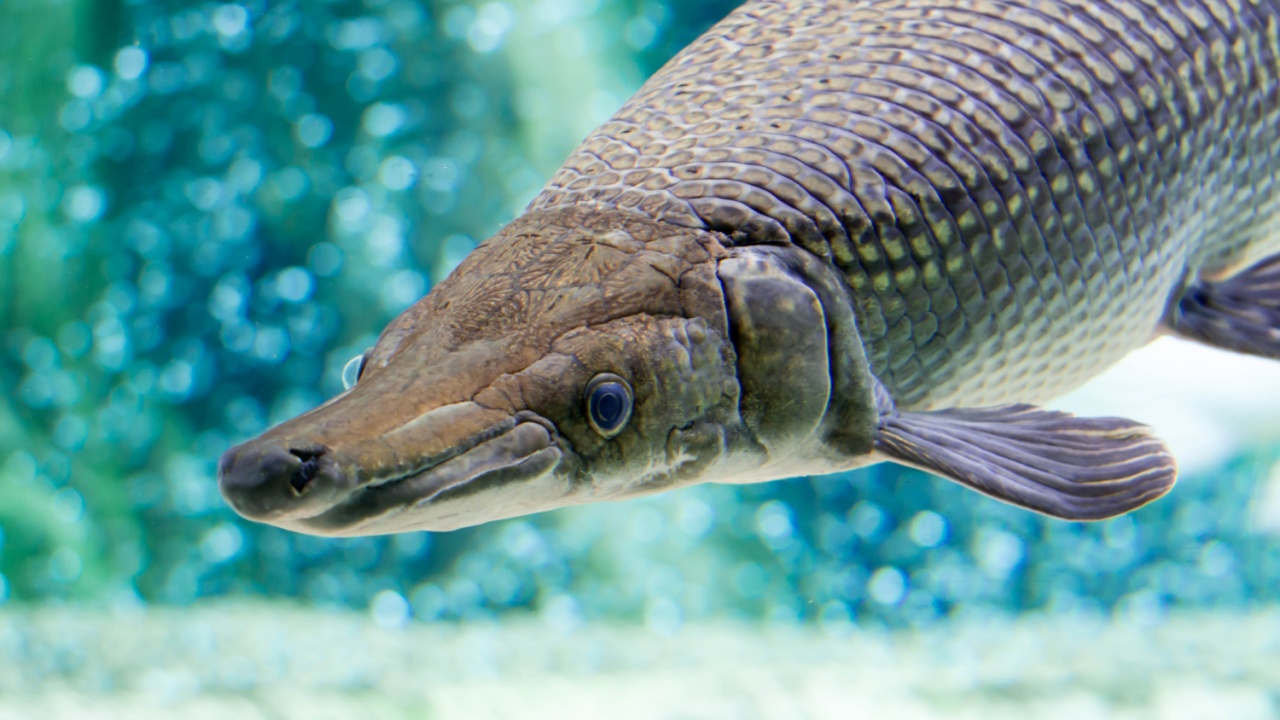
Alligator gars live in both fresh and brackish waters. You can find them in rivers and lakes, as well as swamps and coastal areas. These fish are specially adapted to thrive in various water conditions. Their habitats range from the southeastern United States to Texas and Mexico. Their flexibility in living environments helps them survive in diverse aquatic conditions.
They Have A Lifespan Of Over 50 Years
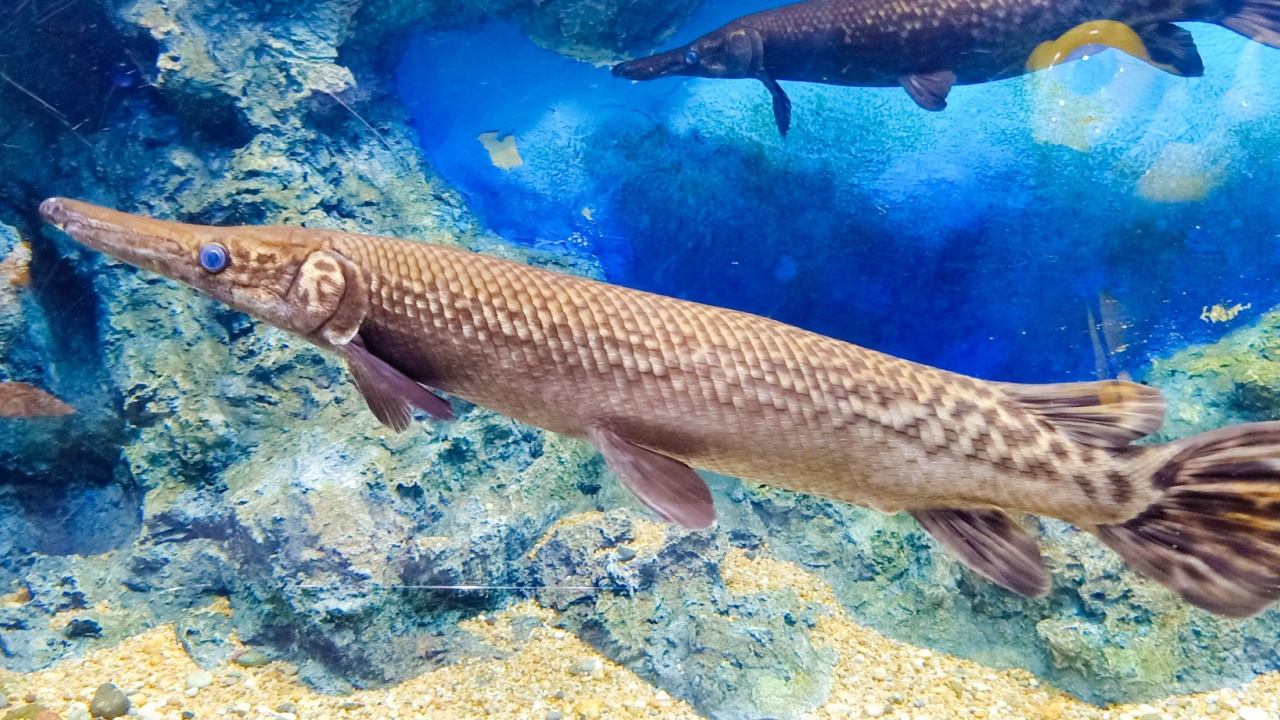
Alligator gars can live for a remarkably long time. They can often reach lifespans exceeding 50 years in the wild. This impressive longevity makes them one of the longest-living freshwater fish. Their long lifespan allows them to grow and mature over many decades, slowly reaching their full size and potential in their natural habitats.
The Alligator Gar Is Known As A ‘Living Fossil’

The alligator gar is often called a “living fossil” because it has remained largely unchanged for millions of years. Fossil records show that gars have existed since the time of the dinosaurs. The alligator gar’s body is covered in hard, enamel-like scales, similar to those found in ancient fish.
Female Alligator Gars Grow Larger Than Males
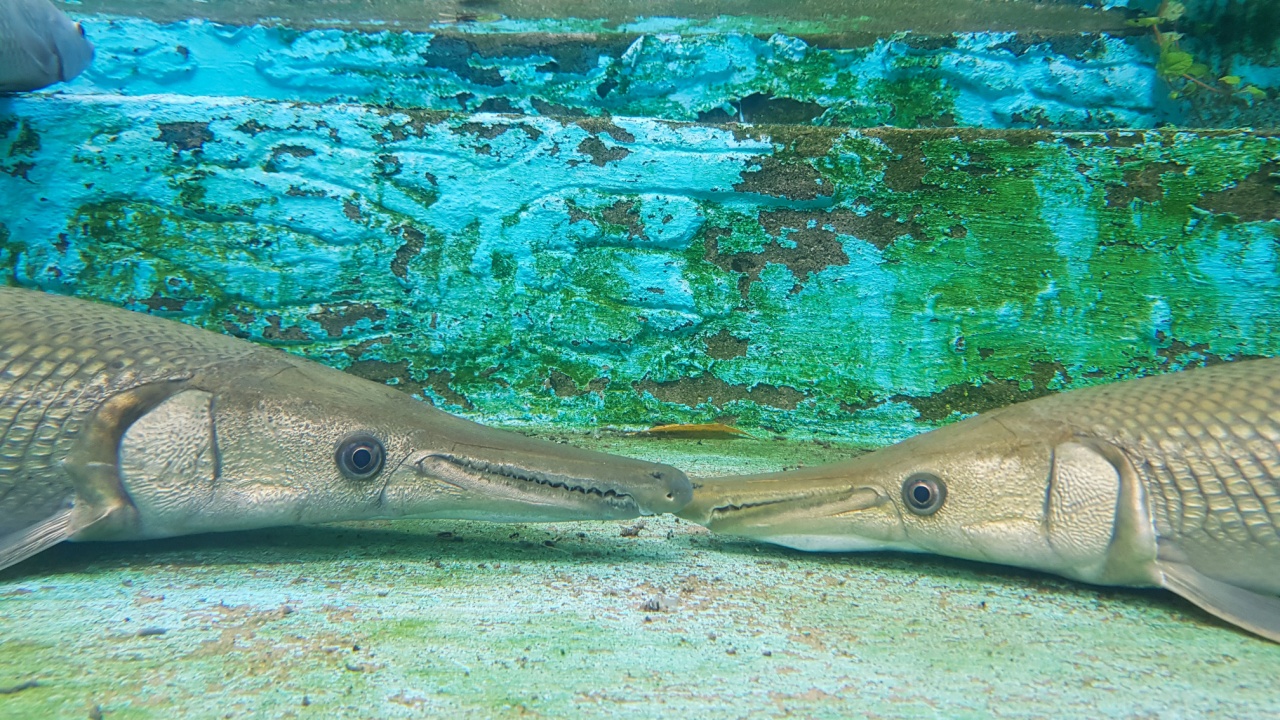
Female alligator gars can grow significantly larger than their male counterparts. While males often reach impressive sizes, it’s the females that truly stand out. Females have a greater growth potential, making them the giants of their species.
They Are Predators That Eat Fish, Birds, And Small Mammals
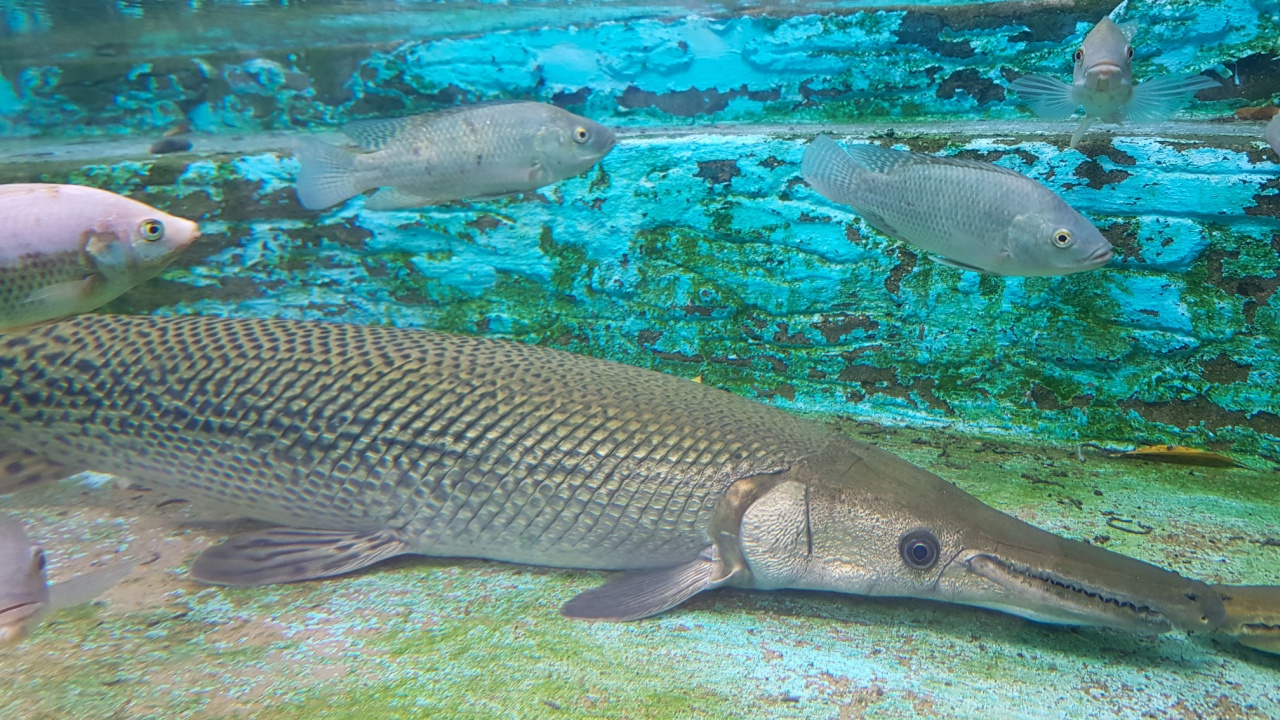
Alligator gar are powerful predators in their freshwater habitats. They primarily feast on fish, swiftly capturing their prey with sharp teeth. Not limited to fish, they also target small mammals and birds. These ambush hunters remain still like logs, springing into action when an unsuspecting animal gets too close. Their diet showcases their versatility and adaptability in the wild.
Alligator Gars Have Ganoid Scales, Which Are Very Tough
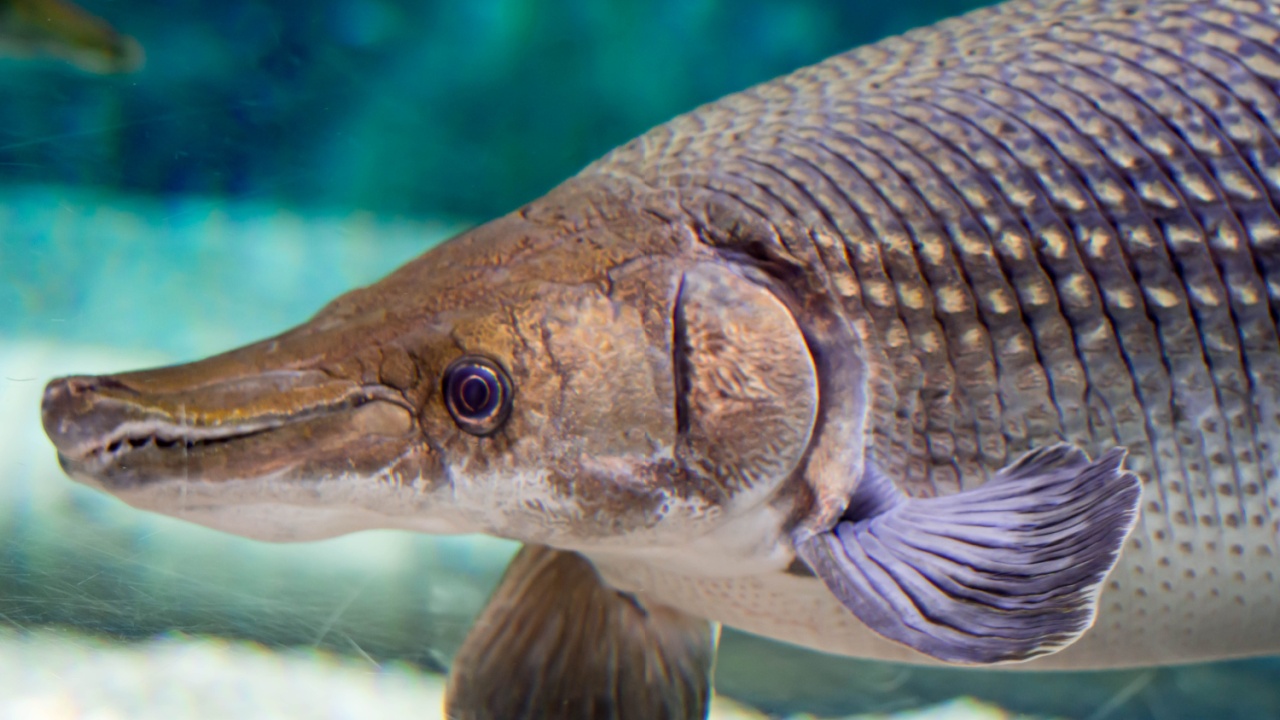
Alligator gars have ganoid scales that are different from the flexible scales of most fish. These scales are hard, bony, and interlocking, forming a strong protective armor. Ganoid scales are covered in ganoine, a tough, crystalline mineral. This armor has even been used by humans for arrowheads and armor due to its durability. The ability of these scales to resist physical damage helps the gar survive in the wild.
Their Scientific Name Is Atractosteus Spatula
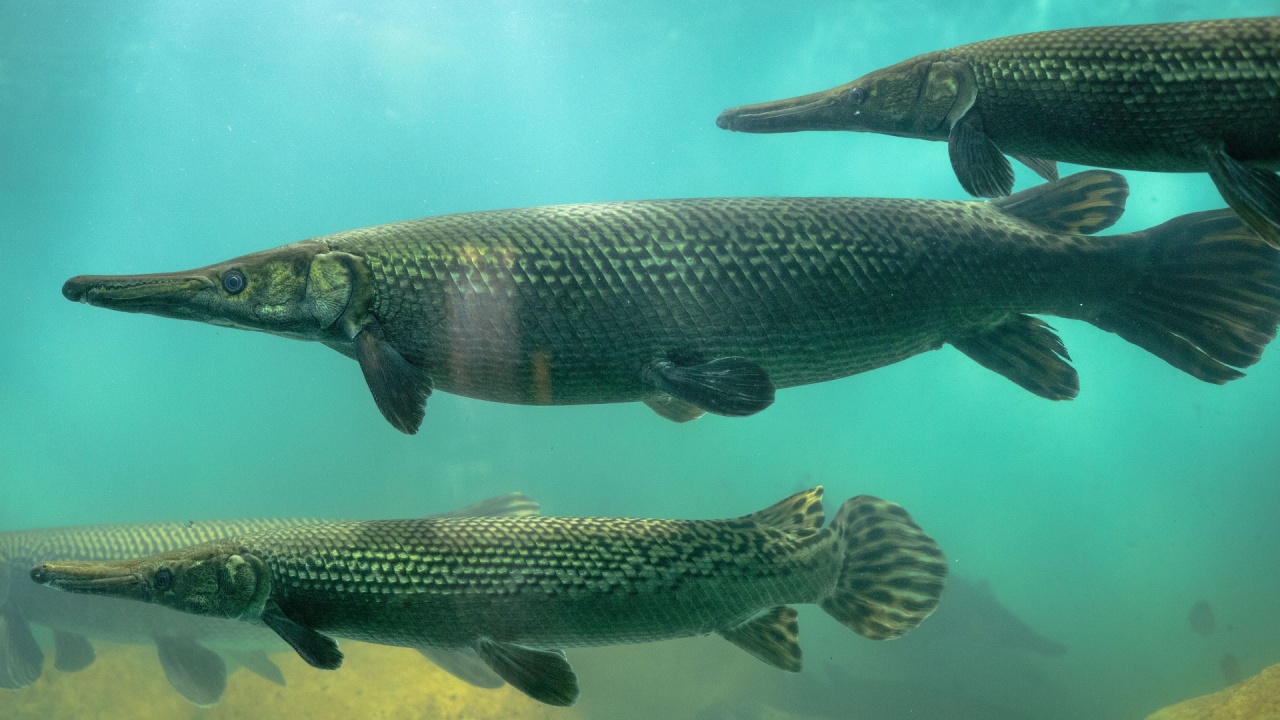
The alligator gar’s scientific name, Atractosteus spatula, offers some insight into the fish’s characteristics. The name “Atractosteus” signifies its place in the gar family, a group of ray-finned fish. The species name “spatula” comes from Latin, meaning “a flat piece,” which reflects the alligator gar’s distinctive body shape. This naming provides clues about the fish’s appearance and behavior.
Alligator Gars Belong To The Lepisosteidae Family
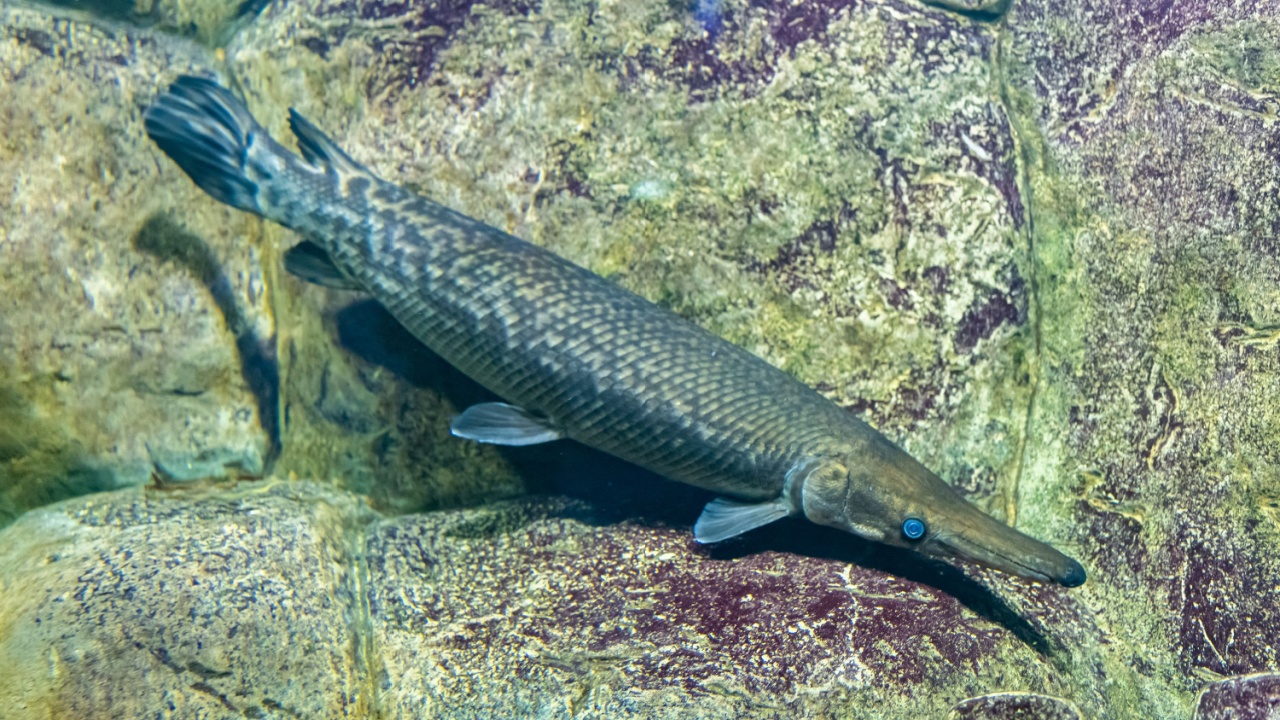
Alligator gars are part of the Lepisosteidae family. This family includes other gar species known for their unique body shape and ancient lineage. Members of the Lepisosteidae family have elongated bodies with sharp, needle-like teeth. Their hard, diamond-shaped scales provide protection from predators. Alligator gars are closely related to bowfins, another primitive fish group. The family has been around for millions of years, with a fossil record dating back to the Early Cretaceous.
Becky is a fervent wildlife enthusiast and pet care expert with a diploma in canine nutrition. Her love for animals stretches beyond the domestic, embracing the wild tapestry of global fauna. With over a decade of experience in animal welfare, Becky lends her expertise to OutlandishOwl through insightful articles, captivating wildlife information, and invaluable guidance on pet nutrition. Her work embodies a deep commitment to understanding the intricate lives of animals and a passion for educating others on sustaining natural habitats. Becky's hands-on conservation efforts and her knack for translating complex dietary science into practical pet feeding tips make her an indispensable voice for creatures great and small.

